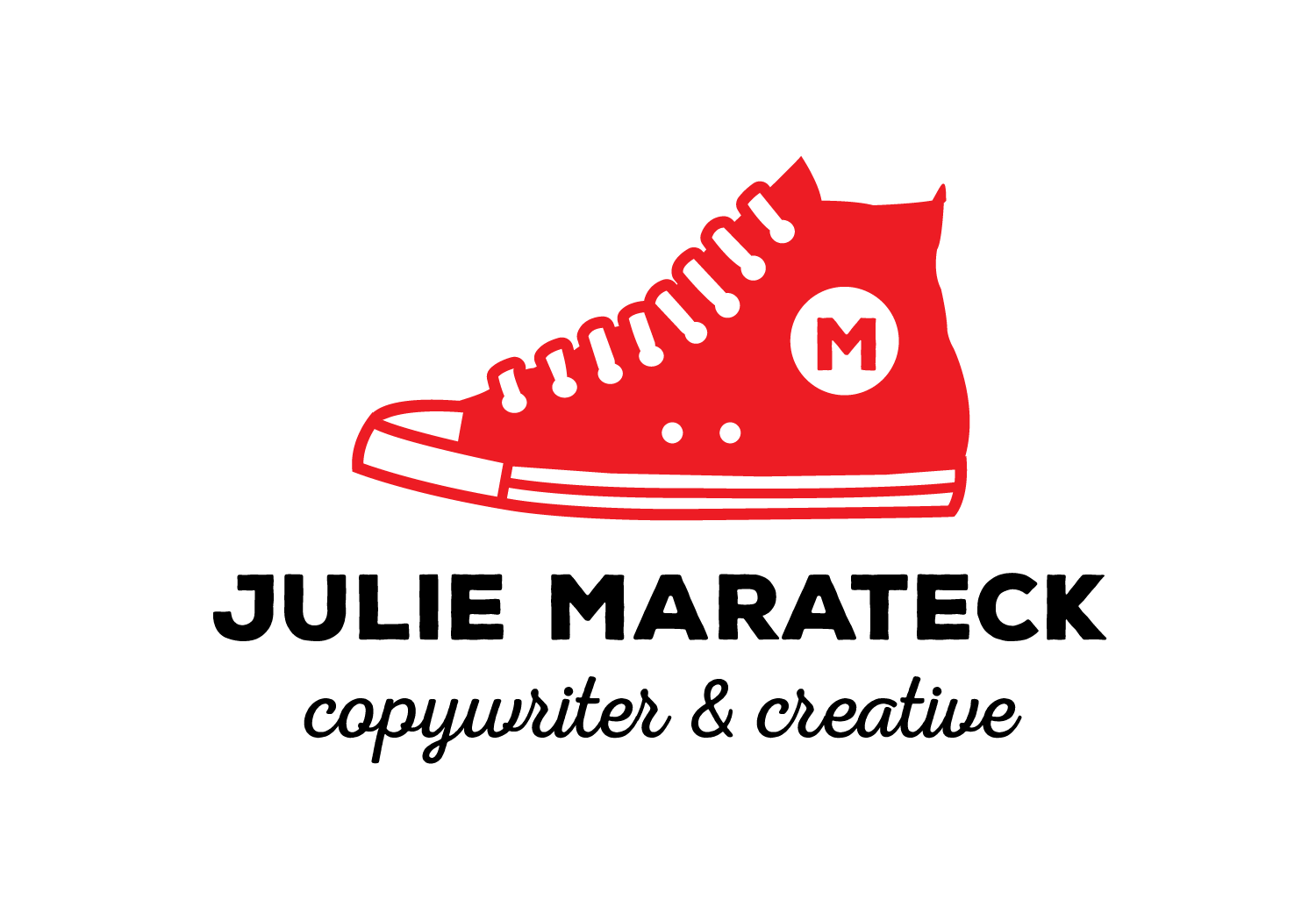Virtual Reality: The Next Revolution In Marketing
/Originally published by Swarm Agency
Virtual Reality (VR) as a marketing tactic is nothing new, but it’s about to get much more mainstream. Agencies and companies are going to start putting dollars behind the next frontier in digital marketing: Virtual Reality at your fingertips.
While it’s easy to dismiss VR as solely a gaming experience burdened by clunky headsets, we already see important groundwork laid by major players in our industry who see the bigger 3D picture.
Google made waves at the Google I/O Conference announcing that the Android N will be fully VR-mode ready. While people are currently chomping at the bit to get the Android N update, it will definitely serve as the base operating system in 2017.
Google will launch Daydream in fall 2017, a platform for developers to create high quality mobile Virtual Reality. This means more developers will learn to code and create VR experiences for brands and consumers.
Consumers already enjoy the earliest versions of the Oculus Rift, HTC Vive, and the mobile Gear VR. This technology will only improve in 2017 — with better usability, more adoption, and increasing content options. The real estate industry is on the forefront of using VR to showcase homes to potential homebuyers who may be a plane ride away.
Wrigley used a multisensory VR experience to create a video game based on its different flavors of gum.
Budweiser made the metaphoric “beer goggles” a reality through VR during the NBA playoffs.
Six Flags over Georgia created the all-new Dare Devil Dive, which incorporates the thrilling twists and turns of a rollercoaster immersed with a VR experience.
Here are three ways we recommend that marketers think about VR as they work the platform into their scope.
Content: VR challenges us to up our storytelling skills and rely on a solid content strategy. We need to learn more from the world of videogames and Hollywood to make VR content work.
Mobile: Through cheaper VR devices such as Google Cardboard and the lower costs of more expensive devices, mobile VR will become more prevalent in 2017 — adding spice and creativity to many marketing campaigns.
Social: As Pokémon GO recently showed, any form of virtual, augmented, or mixed reality will inevitably impact social media. VR-only social media platforms are still outliers, but marketers can expect more integration between VR and social in the coming year.
The (virtual) reality is that this is no longer the age of Mad Men — with a three Martini lunch and traditional advertising campaigns. Agencies and in-house marketing teams need to stay on the cusp of what’s happening now. If VR is already in our line of site, then ask yourself what you can do to stay two steps ahead of the VR game. All you need to start getting familiar with VR is an iDevice, a $15 Google Cardboard, and your imagination.




